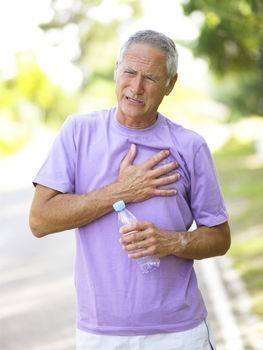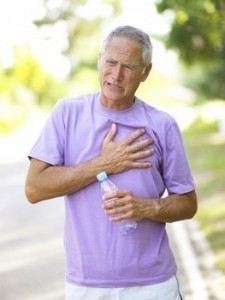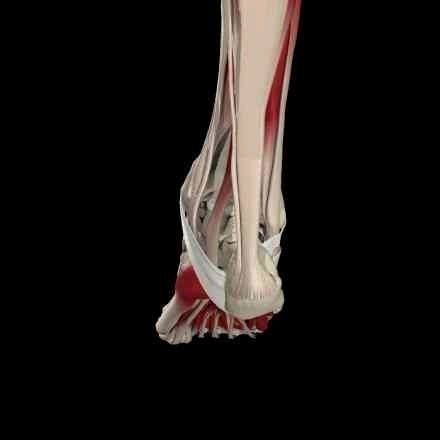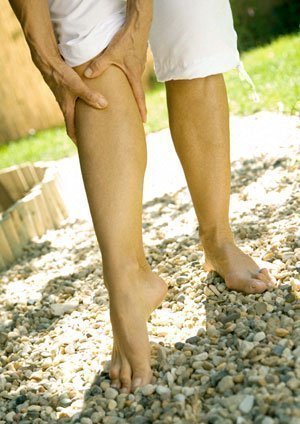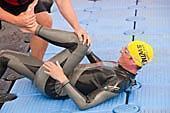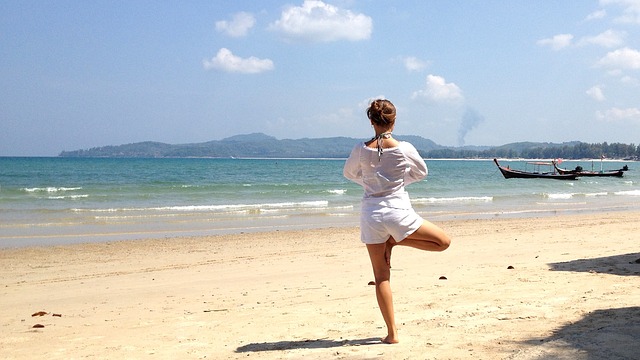Pulled Chest Muscle Symptoms
One of the most common injuries experienced by physically active people is the so-called pulled chest muscle. Overstretching and excessive physical activities can actually lead to this medical condition. Even highly paid athletes like basketball players, weight lifters and tennis players are not free from the possibility of acquiring such painful injury. Learn more about this medical problem by checking out the different pulled chest muscle symptoms, diagnosis and treatments.
Signs of Pulled Chest Muscles
People suffering from pulled chest muscles can experience a variety of minor and major symptoms. The earliest possible sign that patients can experience is a sharp stabbing pain in the chest area. By making simple moves, it is inevitable for patients to feel a burning sensation and shooting pain right inside their chests. After a few days, even a simple task such as raising an arm can be a truly painful experience.
In general, the symptoms of this severe medical condition can be classified into three different grades. In case of mild discomfort, the injury comes only with Grade 1 symptoms, wherein a manageable pain is present without hindering the free movement activities of patients. When the pain is moderate, individuals may be suffering from the so-called Grade 2 symptoms, which include inflammation and swelling. Sharp shooting pain can be felt when performing high-level physical activities.
Grade 3 symptoms are the most severe of all, which include muscle spasms and severe intolerable pain. Furthermore, the chest area is expected to experience bruising, swelling and tenderness. Additionally, there is also increased sensitivity of the chest muscles.
Pulled Chest Muscles Diagnosis
After acquiring pulled chest muscles, patients must consult physicians right away for proper diagnosis and treatment. Doctors can review their medical histories. Thereafter, they can perform physical examinations to determine the severity of their injuries. These diagnostic procedures are significant especially in the decision-making process of doctors. They can actually help determine whether the injuries may take longer time to recover or may require surgical procedures. If there are possibilities of infection and trauma, doctors may ask their patients to undergo further tests like laboratory tests and x-rays.
Pulled Chest Muscles Treatment
For the management of pain, swelling and inflammation, patients can actually take highly efficient non-steroidal anti-inflammatory drugs like ibuprofen and aspirin. Together with these medicines, they must protect the injury, get ample amounts of rest and apply ice on the affected areas. After these simple procedures, it is best for patients to consult their doctors right away. When working out, it is good to perform warm up exercises first. To help ease the strained muscle, patients can use heat application at home. Homeopathic medications, such as Arnica cream, are also available and are guaranteed to help reduce the pain and swelling.
For more information on Pulled Chest Muscle Symptoms read:
